Create To Communicate
GLOSSARY
Acrostic (Word Poem)
A type of poem usually made by spelling a word or name vertically and then using each letter of the word or name to write a phrase or adjective.
Example Acrostic Poem:
Curious sights, sounds, and smells.
Interesting and fascinating buildings and places.
Tons of new things to see.
Yes! Let’s take a trip to the city!
Curious sights, sounds, and smells.
Interesting and fascinating buildings and places.
Tons of new things to see.
Yes! Let’s take a trip to the city!
Background

The part of a picture that seems the farthest away from the person viewing the picture, or the ground or scenery located behind something.
Below, the island is in the background, or back of the picture, and the boats are in the foreground, or front of the picture.
Cardstock
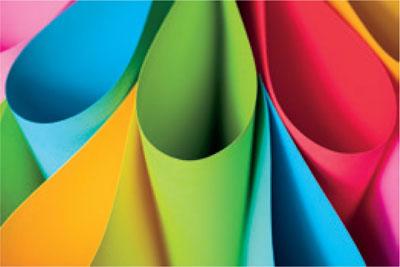
A type of thick, heavy paper. Cardstock is heavier and thicker than normal (computer) paper, and construction paper, but lighter than cardboard.
Cellophane

A type of transparent paper made from plastic. It can be clear or colored and is water- and oil-resistant. Cellophane is usually used to wrap candy, food, and gifts. The wrapper on this gift is cellophane.
Clear Tape
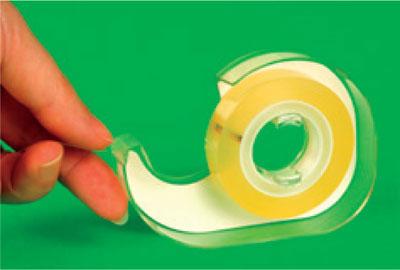
A type of adhesive used to bond paper together. It is not strong enough to bond heavier items together such as cardboard or fabric. Clear tape is usually transparent.
Colored Paper

Any kind of paper that is a color other than white. Colored paper can be used in creating a collage, for a background of a picture, or for the picture itself.
Comic Strip

Groups of pictures that tell a story. Comic strips can also have words to help tell the story. The story is usually funny, or “comic”.
Composition

The plan, organization, or arrangement of the elements in a work of art. When artists think about the composition of their artwork, they think about the arrangement of the subjects in the artwork, the size of the subjects, the colors used, and so on.
Computer Paper

A type of lightweight paper most commonly used for everyday printing or for drawing with pencils, crayons, colored pencils or markers.
Construction Paper

A type of paper thicker than computer paper, but not as stiff or thick as cardstock. Construction paper generally comes in a wide variety of colors and can be used in arts and crafts in many different ways.
Crayon Resist

An artwork that is created by using wax crayons and a water-based medium (usually paint) that will repel the crayon. The paint will not stick to the crayon, so the crayon remains visible through the paint.
Diorama

A three-dimensional picture or scene. A diorama can incorporate a wide variety of materials.
Fabrics
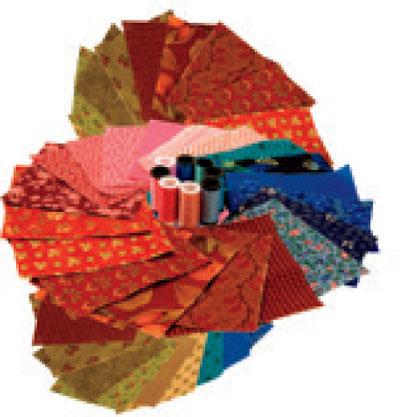
Types of cloth made by weaving, knitting, or crocheting natural or synthetic fibers together. Fabrics come in all types of textures, colors, and sizes. Common fabrics include canvas, cotton, felt, burlap, lace, nylon, and velvet.
Foreground

The part of the picture that appears to be the closest to the person viewing the picture.
Below, the boats are in the foreground, or front of the picture, and the island is in the background, or back of the picture.
Glue

A type of liquid adhesive used primarily to bond two thin objects together, such as pieces of paper.
Glue Stick
A type of adhesive. A glue stick is glue in solid form. It can be used to bond two thin objects together, such as pieces of yarn or paper.
Hot Glue

A type of adhesive used to bond different materials together, such as fabric, cardboard, or plastic. Hot glue is turned into an adhesive by melting the glue with a hot glue gun. Hot glue should be used with caution as the melted glue can burn skin when it comes into contact with it.
Hot Glue Gun
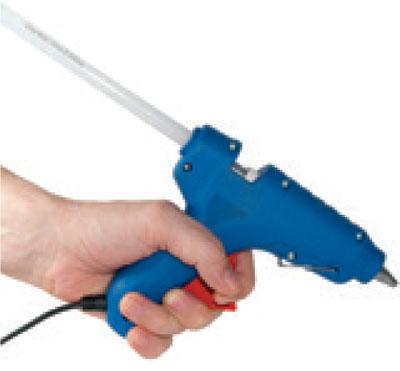
A machine that melts a solid adhesive (hot glue sticks).
Markers
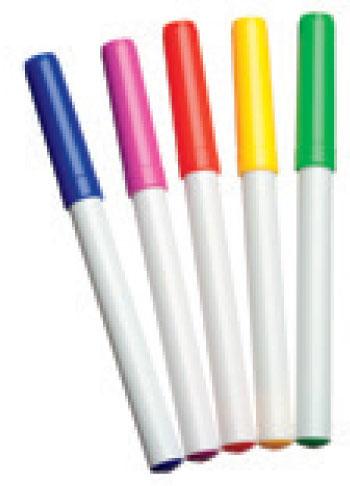
A type of drawing tool made out of colored ink. Some markers have permanent ink, which can stain hands or clothes, while other types are made with washable ink so that students do not stain their hands or clothes.
Masking Tape

A type of adhesive that is usually thin and easy to tear. It is stronger than clear tape. Masking tape can be used with paper, cardboard, or plastic.
Matte

A type of texture that is dull, not shiny or glossy.
Mind Map
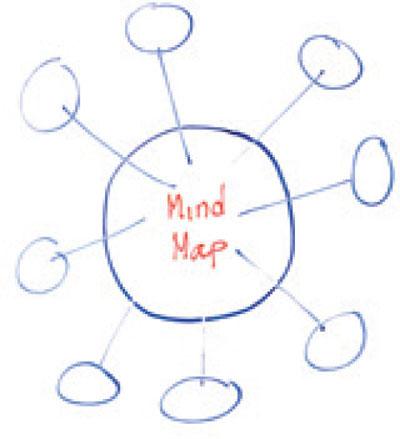
A visual graphic that is used to brainstorm and organize ideas around a certain theme or subject. Pictures and words are generally written or drawn around the central idea or theme and then linked to other ideas.
Mobile

A sculpture made by assembling objects together and balancing or arranging them in a manner in which they can move freely.
Non-Toxic
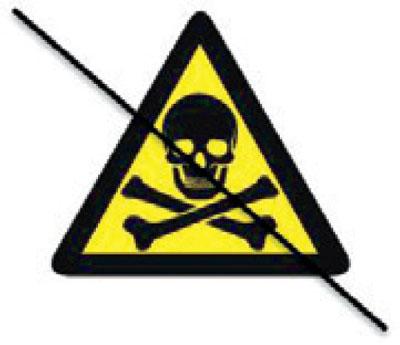
Indicates that the ingredients used in making a certain art supply are not poisonous to humans.
Overlap
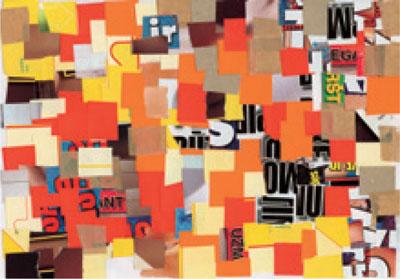
When one part of one object lies on top of another object, partly covering up part of the object.
For example, the papers in this collage are overlapping one another.
Paint Roller

A tool used to apply paint or ink evenly and consistently on a surface.
Paper Fasteners

Metal objects that are used to fasten two or more pieces of paper through holes punched in the paper.
Perspective

The technique of representing items in the foreground as larger than items in the background in order to create the illusion of depth, or receding space, on a two-dimensional surface.
Pipe Cleaners
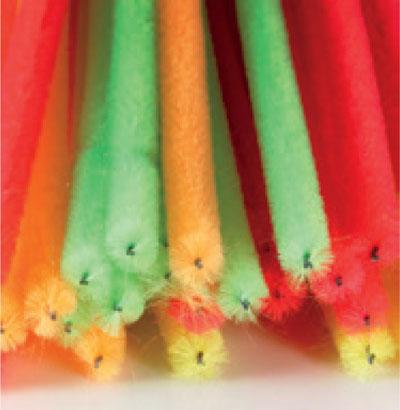
Flexible, fabric-coated wires that can be twisted and bent to create a variety of different shapes. Pipe cleaners can also be joined together by twisting the wires together.
Portrait

Any piece of art that captures the image of a person or people (usually the face). Portraits can be created with drawing, painting, photography, and even sculpture.
Poster Board
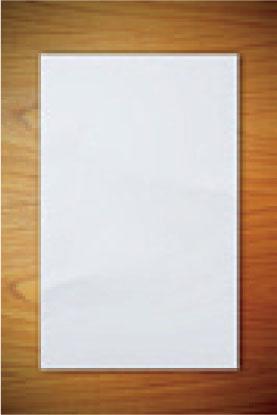
A type of paper that is generally larger and thicker than normal paper. It is similar to cardstock, but larger in size. It can be used to make large posters, projects, or signs.
Primary Colors

The three basic colors that cannot be mixed or formed by any combination of other colors. The primary colors are red, blue, and yellow. From mixing these three primary colors all other colors can be created. Refer to Appendix A for an explanation of primary, secondary, and tertiary colors and color mixing.
Recycled Materials
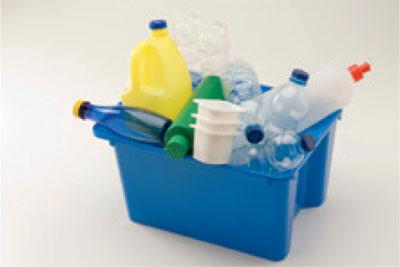
Any material that has previously been used and can be used again for an additional purpose. For art activities, recycled materials such as cardboard, magazine paper, glass jars, or metal baking sheets can be used.
Secondary Colors

The colors made from mixing two primary colors together. The secondary colors are green, purple, and orange. Refer to Appendix A for an explanation of primary, secondary, and tertiary colors and color mixing.
Shade

A color made by adding and mixing black to any color. See Appendix A for a more detailed explanation.
Silhouette
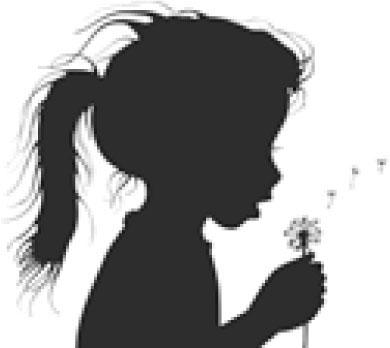
The outline of a person, animal, or object that is filled with a solid color such as black.
Sketch
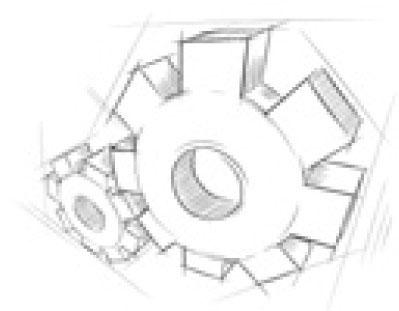
A quick drawing usually done to prepare or plan a more detailed artwork.
Tempera Paint
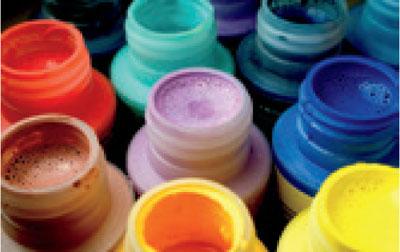
A water-based paint that dries quickly with a matte finish. Tempera paints can usually be purchased in powdered or liquid form and are appropriate for students of all ages. Make sure the label on the paint specifies it is non-toxic and safe for student use.
Tertiary Colors
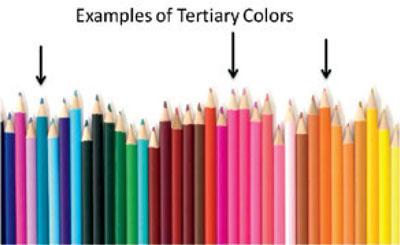
Colors that are created by mixing one primary color with one secondary color. For example, yellow mixed with orange creates yellow-orange. Refer to Appendix A for an explanation of primary, secondary, and tertiary colors and color mixing.
Texture
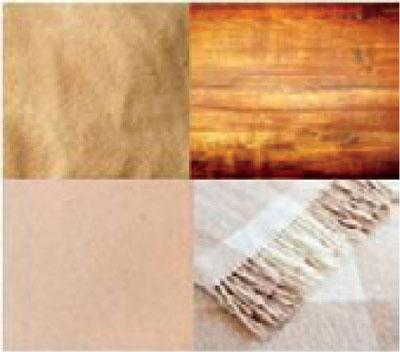
How something feels to the touch. Rough, smooth, and bumpy are words that describe different textures.
Timeline

A line that is drawn to represent events in sequential order. Generally a timeline represents historical accounts. The events are indicated by dots or slashes on the line.
Tint

A color made by adding and mixing white with any color. See Appendix A for a detailed explanation.
Tissue Paper

A type of very thin paper that you can see through.
Watercolor Paint

A type of water-based paint, produced by mixing water with pigments. Watercolor paints are appropriate for students of all ages. They usually come in a tray, with squares of dry color pigments. Water can then be added to the dry pigment to paint.